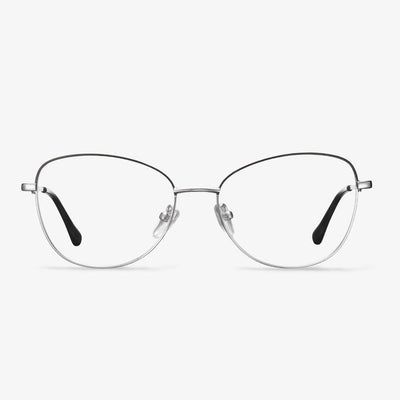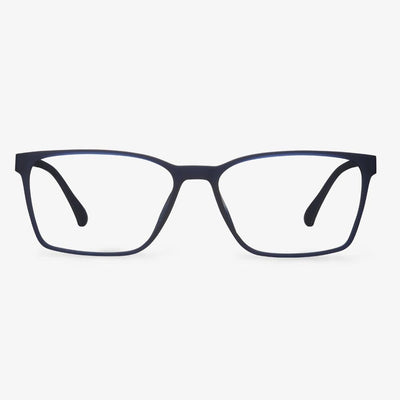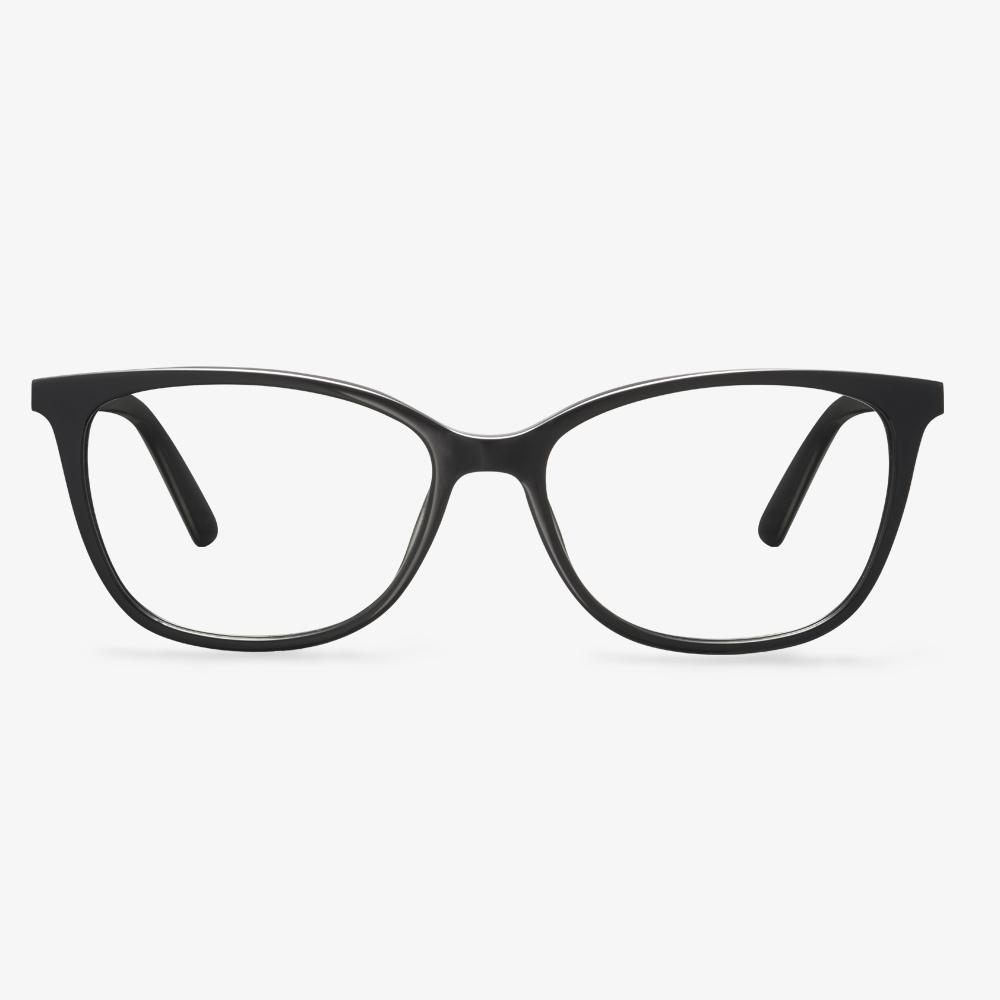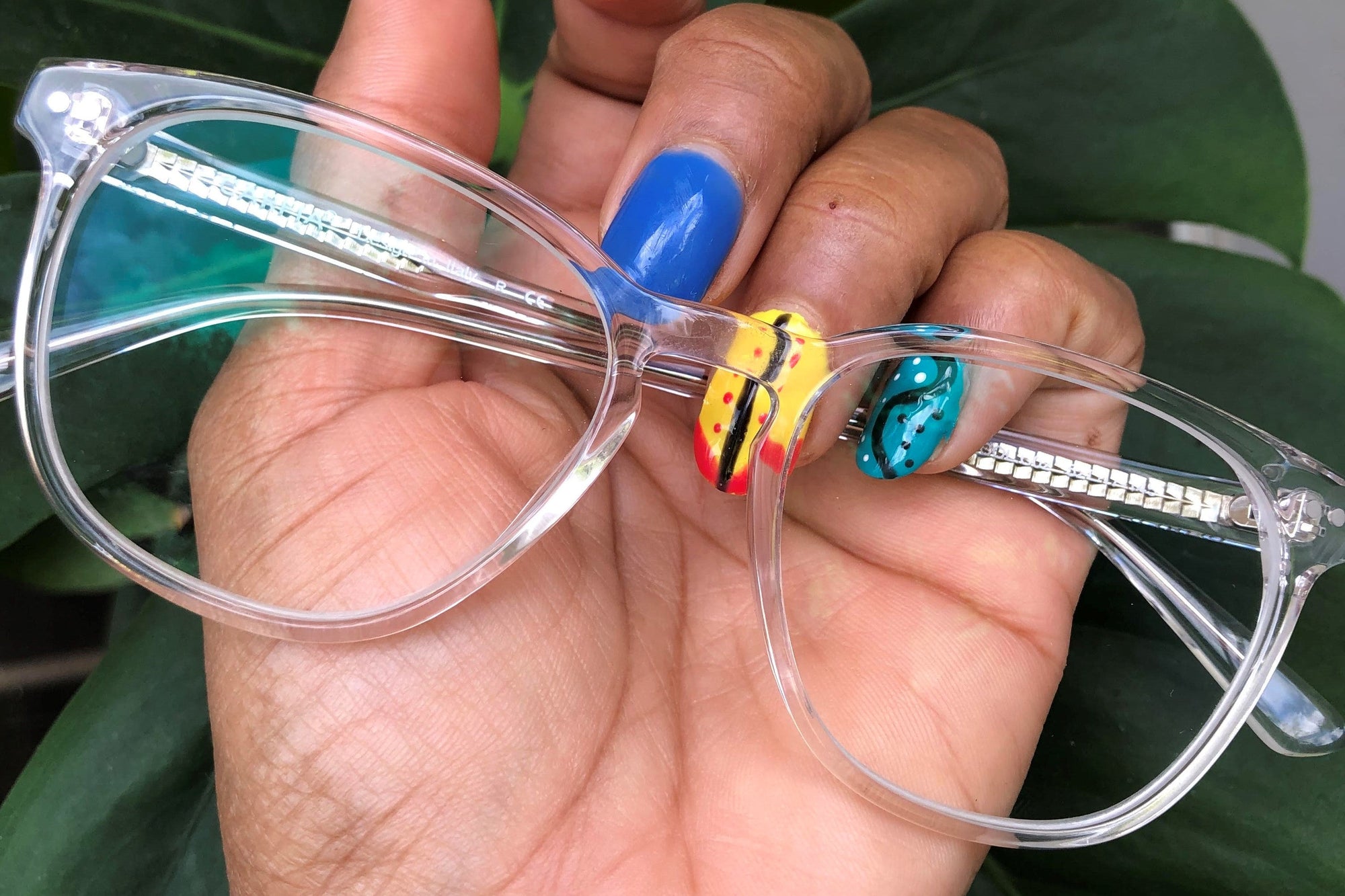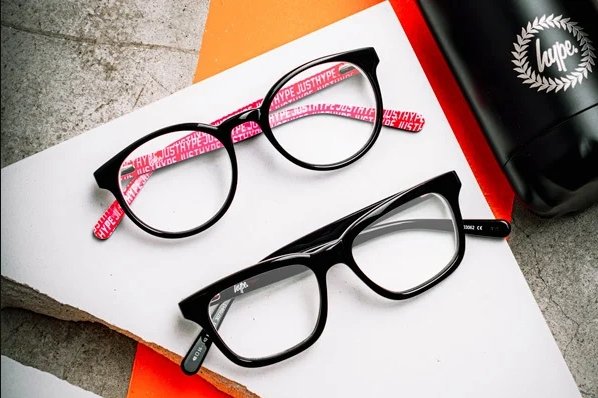Can You Wear Blue Light Glasses All Day?
Can I wear blue light glasses all the time? You may also have the query. To answer this question, you need to know one thing that the blue light isn’t inherently bad for you but an excess of blue light will lead to some negative effects.
The natural sources of blue light from the outdoors and from sunlight is good for you. In addition, since the HEV wavelengths is important to our moods and sleep rhythms, blue light can be used to treat seasonal effective disorder and other mental health issues.
The blue light glasses is used to guard against artificial source of blue light that deliver excessive amounts of this wavelength to your retinas. So, if you need to stay daytime hours under artificial light or working at a computer, you had better wear your blue light blocking glasses during the day.
So, is it bad to wear blue light glasses all day? The answer is negative.
What Are High-Index Lenses?
High index lenses are eyeglasses lenses that are designed to be thinner and lighter than regular lenses. High-index lenses have a high refractive index than their conventional counterparts. So, they are generally recommended for people who have significantly high refractive errors and strong prescriptions for nearsightedness, farsightedness or astigmatism.
High-index lenses correct all types of refractive errors. And they are also available as single vision lenses, or a reading prescription that corrects presbyopia, such as in a bifocal or progressive lens.
High-index lens has a higher refractive index and which is ranging from 1.53 to 1.74. A lens with an index of 1.74 could be up to 50 percent thinner than a regular plastic lens with an index of 1.50.
Orthokeratology
Orthokeratology is a type of surgery that corrects the eyesight of the eye. It improves daytime vision through a rigid, highly breathable contact lens. Orthokeratology is the use of the principle of reverse geometry. Change the curvature of the cornea with orthokeratology lenses, to achieve the effect of non-surgical vision correction and prevention of myopia.
Although it can effectively improve vision, it still cannot solve the sequelae of high myopia, like macular degeneration and retinal detachment. Orthokeratology lenses were initially used by patients who wanted to temporarily go without glasses, so the websites of orthokeratology lenses in the United States continue to sell them primarily to young people and people who love sports.
Study On the Night Driving Glasses
Researchers at Harvard's Schepens Eye Research Institute recently conducted a study to find out if wearing night driving glasses while driving at night is good for vision. All 22 participants drove under four conditions that simulated night driving, wearing either yellow night driving glasses or glasses with clear lenses. Each participant drove with or without the headlight glare simulator activated to simulate the effect of oncoming traffic. The study found that wearing glasses while driving at night didn't seem to improve: how well the participants were able to recognize pedestrians at night and negative effects of headlight glare on pedestrian detection. Our data suggest that wearing yellow lenses while driving at night does not improve performance at the most critical task: pedestrian detection, the study's authors said. A small 2019 study showed that night driving glasses can actually slow down visual reflection by a fraction of a second, making night vision worse.
The Pros of Progressive Lenses
In this section, we will show you the benefits of progressive lenses.
One of the major advantages of progressive lenses is that the design of progressive lenses blends the prescription. There is no image jump or visible line on the lens. This enhances your comfort with your lenses and can be safer when performing tasks such as driving.
With progressive lenses, you don’t have to switch other glasses frequently. Progressive lenses correct distance, intermediate, and reading vision within one lens. So, it can bring you great convenience.
The Cons of Transition Lenses
However, besides the pros of transition lenses, there are also some negative voices of transition lenses.
The transition lenses are not effective in cars because the windshield blocks the UV rays so that transition lenses won’t darken very well in the car.
Different brands of photochromic glasses have different levels of darkness and different reaction times. So, you may need to ask the doctor to find the brand that works best for you. Transition glasses are affected by colder weather. So it means that it may take a bit longer to react to UV rays in winter. Most transition lenses are not polarized which may result in harsh glares.
So, if you need transition glasses, try Koalaeye Optical, which provides the Koalaeye photochromic glasses. Besides these, Koalaeye Optical also provides other kinds of glasses, such as blue light blocking glasses, polarized sunglasses, progressive sunglasses, and so on.
What is a progressive lens?
Progressive multifocal lenses are lenses with different upper and lower powers for seeing far above and below for seeing near. The distance from the fixed far power above the lens to the near power fixed below the lens does not change suddenly, but a gradual transition between the two through the gradual change in refractive power. Compared with ordinary lenses, there are many advantages. The appearance of the lens is like a single vision lens, and the dividing line of the power change is not visible. Not only is the appearance beautiful, but more importantly, it protects the age privacy of the wearer, and there is no need to worry about revealing the age secret due to wearing glasses.
Since the change of the lens power is gradual, there will be no image jump. It is comfortable to wear and easy to adapt. So it is easy to be accepted. Because the degree is gradual, the replacement of the adjustment effect is gradually increased according to the shortening of the short distance. There is no adjustment fluctuation, and it is not easy to cause visual fatigue. Clear vision can be obtained at all distances in the visual range.
Such a pair of glasses meets the use of long-distance, near-use and various distances in the middle at the same time. It is especially good news for teachers, doctors, music workers, and computer operators, because these people not only need to see far and near objects clearly, but most of the time they also need to be able to see middle distance objects such as blackboards, piano scores, and computer screens. . This is not possible with any lens other than progressive lenses.


















